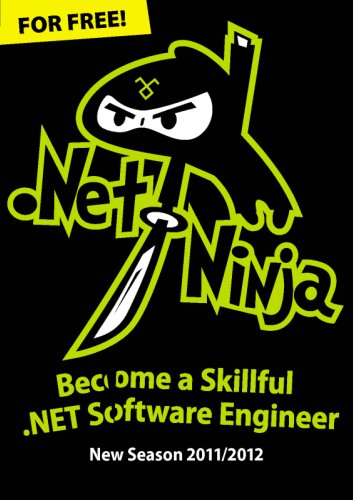I started working for an Internet service provider in 1997 as a dialup networking technical support representative. This means people were using their analogue landline phones in order to get online. I was very proud to be working for the largest ISP and for not having to pay for phone and dialup internet service by the minute.
Most users were running Microsoft's Windows 95 at the time and browsing the pristine web using Netscape Navigator (the great-great grandfather of Mozilla's Firefox and the leading web browser at the time) or early versions of Internet Explorer 4.0 (the molesting uncle of today's Internet Explorer), alongside other software dedicated to long-forgotten non-web-based services with exotic over-smart geeky names like IRC (with its most popular application mIRC, which is still alive and kicking), Archie, Gopher with tools like Veronica (all are great-great-great grandparents of today's search engines like Google or Microsoft's Bing which everyone now takes for granted).
According to statistics, in that year the Internet counted (including myself) 70 million users, which represented just 1.7% of the world's population. This was 15 years ago.
 |
| via Fail Blog |
Around 2.3 billion people, out of a total of 7 billion, 32%(!!!1) of the world's population, are now using the Internet. This number is already twice(!!!1) as large as it was in 2007, just 5 years ago.
The dialup internet I used was transferring data at a rate of 1.44 kilobits per second. Today's slowest internet account I could sign up for is 30 megabits per second, 20,000 times faster than the old account. I have 3 laptops at home running over a fast gigabit wireless network and 2 Android smartphones connected over 3rd generation mobile connectivity..
Last year the UN declared Internet access a basic human right and countries like Finland have already declared Internet access as a basic legal right!
Where the magic happens
People today take Internet for granted. Surprisingly, many of them think the Internet is (or is in) their web browsers. The magic of data communications is still unknown to many of its every-minute users.
How does all this happens? What's going on behind the scenes? The essentials of of networking and computers communications haven't changed much. It's simpler than most people think, once broken into small functions, but still with all the moving parts and computers along the way, it's still a miracle that data can reach from one end of the world to the other with such accuracy and speed.
An animated much-simplified infographic showing how things work was sent to me. I am, as usual, gladly sharing it.






